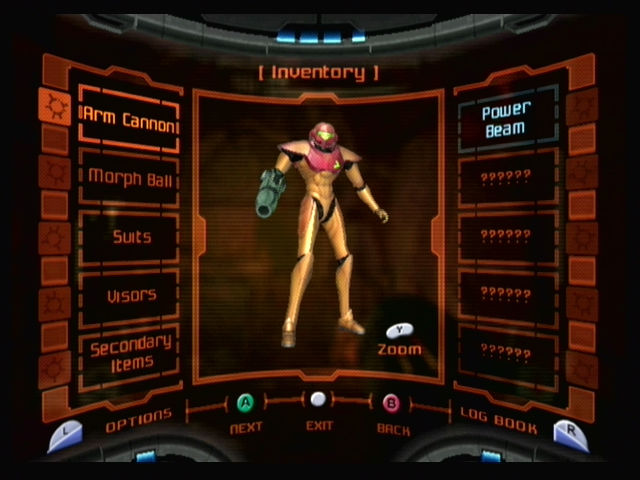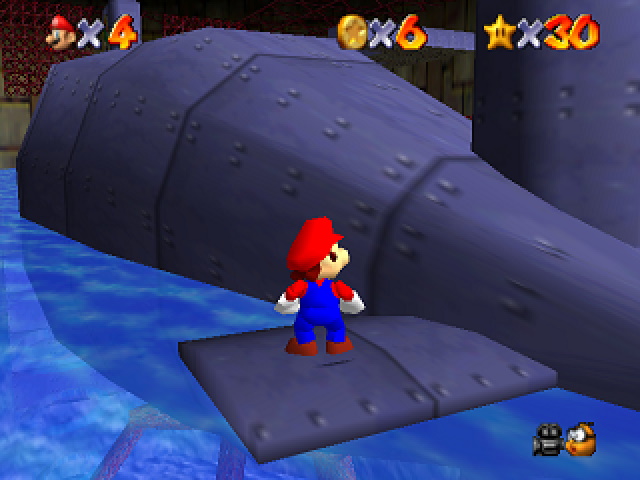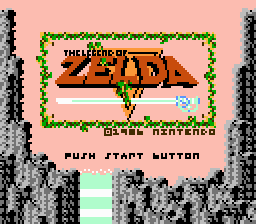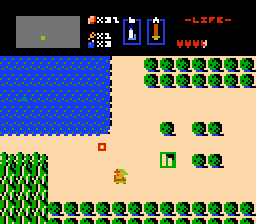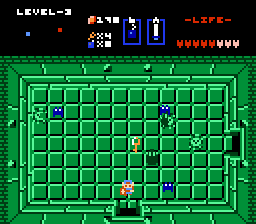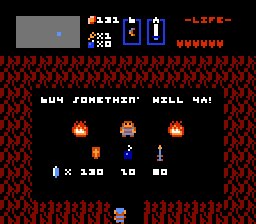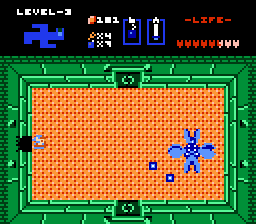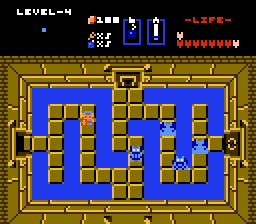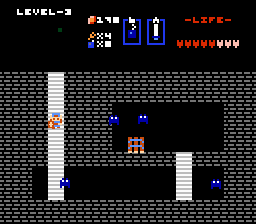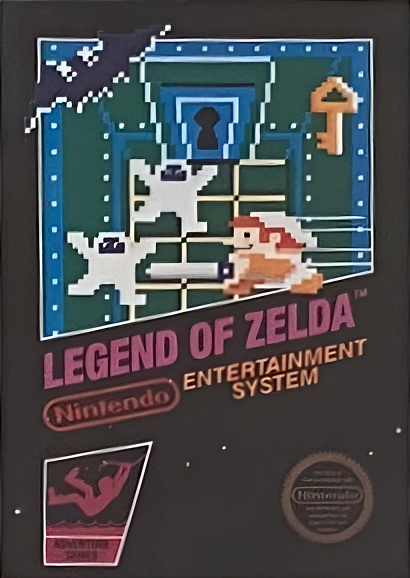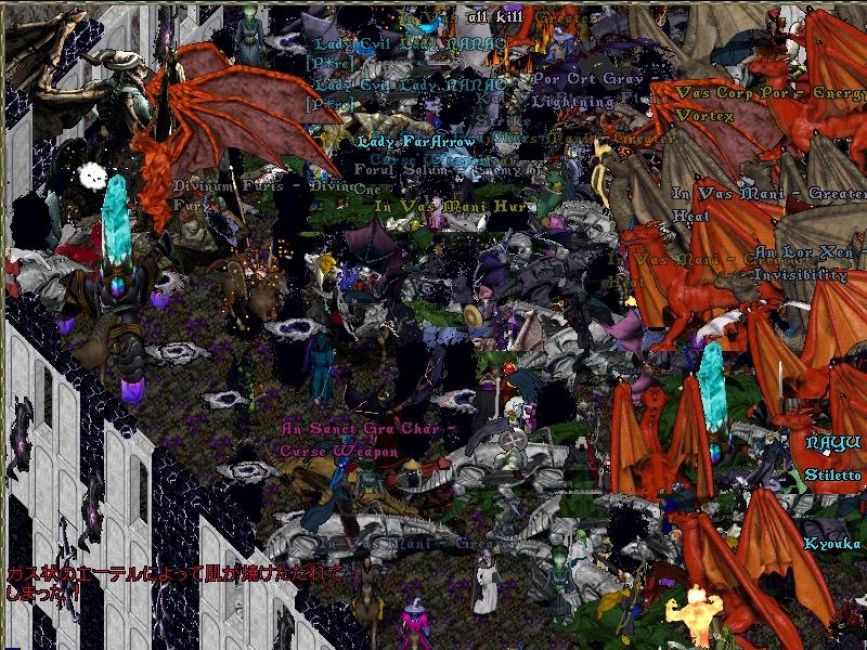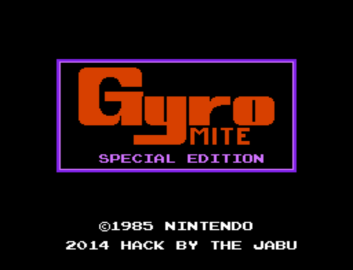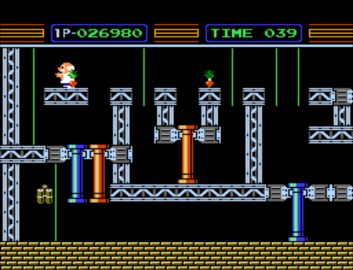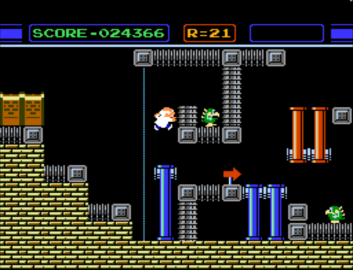
“We scour the Earth web for indie, retro, and niche gaming news so you don’t have to, drebnar!” – your faithful reporter
Hello blobs! Welcome again to our recognizable brand of snarky response to gaming media which I am given to understand has not been seen anywhere else over the past 30 years of the internet! I’m so original! Let’s get started….
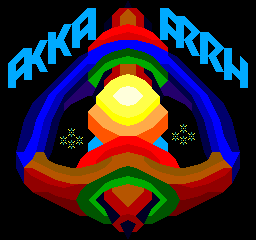
Well it looks like Atari had the same idea we did regarding putting some of its neglected prototypes out there! Not only has their classic-era unproduced game AKKA ARRH (it’s fun to say!) playable in the Atari 50th Anniversary collection, but W. Shanklin at Engadget tells us it’s getting a remake! One quib with the article though, it says it didn’t get made because it was too hard, but playing it in the Anniversary collection I got rather a few waves in, on my first try? They got Jeff Minter on board for the remake, so you know it’ll be A. great, B. trippy, and C. have cheeky ungulates in there somewhere!
Keith Stuart at the Guardian visited Play Leisure, a UK company that refurbishes and resells classic arcade machines! It’s always nice when we here at Set Side B can link to a Real Publication, something that gets pressed in ink onto paper, that may have a shelf life, and not be purchased by Ziff-Davis and then rapidly shut down.
At PC Gamer, Ted Litchfield mentions surprise at learning that Bungie’s first three FPSes have been available free on the internet for over a decade. I am sure that the free availability of the Marathon games is something that was once generally known about. You remember Marathon, right? Back when Bungie only produced games for Macs? It HAPPENED, honest!
PC Gamer additional item! Joshua Wolens mentions that the Steam version of Dwarf Fortress hit its two-month sales goal in 24 hours! It couldn’t have happened to a nicer elaborate dwarf death simulator! Let’s spin the Wheel of Mortality, it could come up Goblins, Vampires, Forgotten Beasts, Were-Things, Demons, Fluid Physics, or Dwarf Psychosis!
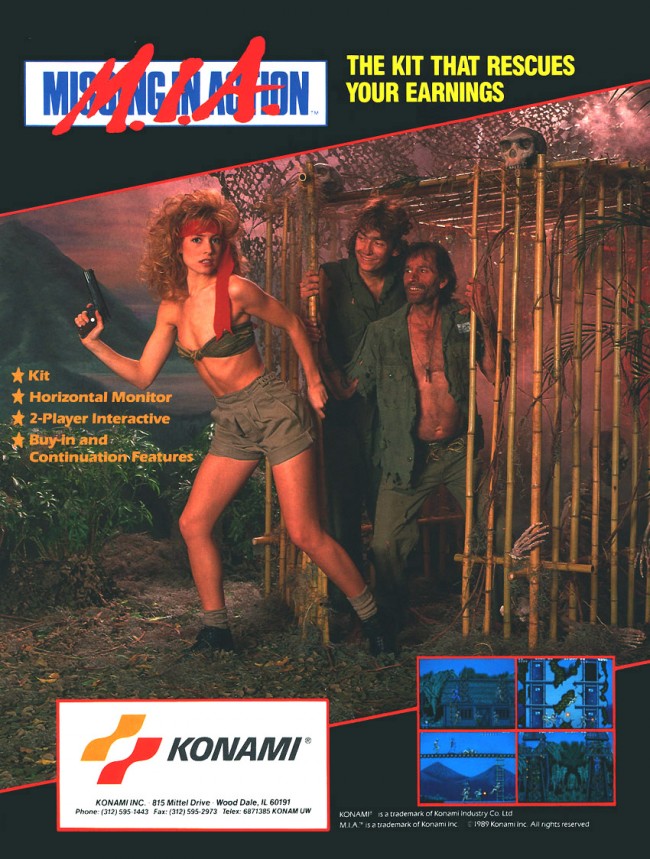
Zoey Handley at Destructoid sparks a dozen internet flamewars with their article listing the 5 best N64 games! Guess what you think they’ll be. My guesses are Mario 64, Ocarina of Time, Majora’s Mask, Star Fox 64 and, oh, Mario Party. The answers: Majora and Star Fox, but then they chose Ogre Battle 64, Banjo-Kazooie, and F-Zero X. Which, yes they’re good, but over Ocarina? (Well honestly I think Ocarina of Time is a little overrated, but it’s usually a safe bet? Oh well, to the next item.)
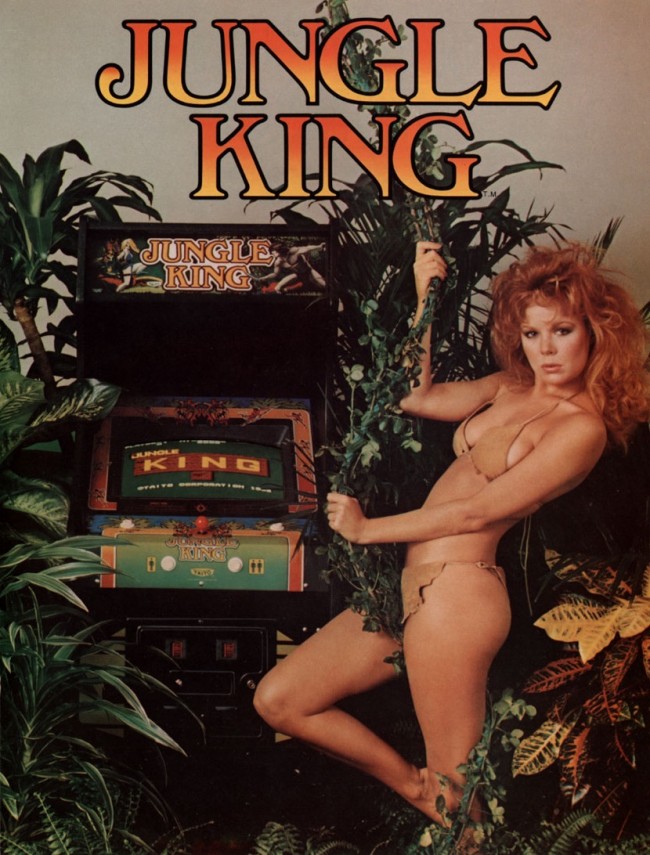
Truly, there is no demographic out there more vulnerable to the marketing wiles of the sexy poster babe than middle-aged male business owners, and the arcade industry has long known this. Rare Historical Photos has a collection of arcade flyers, 90% of which feature variations of the scantly-clad promo lady. Konami’s U.S. division in particular made a lot of use out of them. Those ladies look like they do all their shopping at Girls’s Costume Warehouse.
And Sorrel Ker-Jung at Destructoid reminds us that we don’t have to care about the “Game Awards.” They don’t even have a catchy name like the Oscars, Emmys or Tonys. I wouldn’t even trust them to come up with a good name, because it’d probably be something hamfisted and too-obvious, like the “Miyamoto,” or the “Wright.” Bah!



